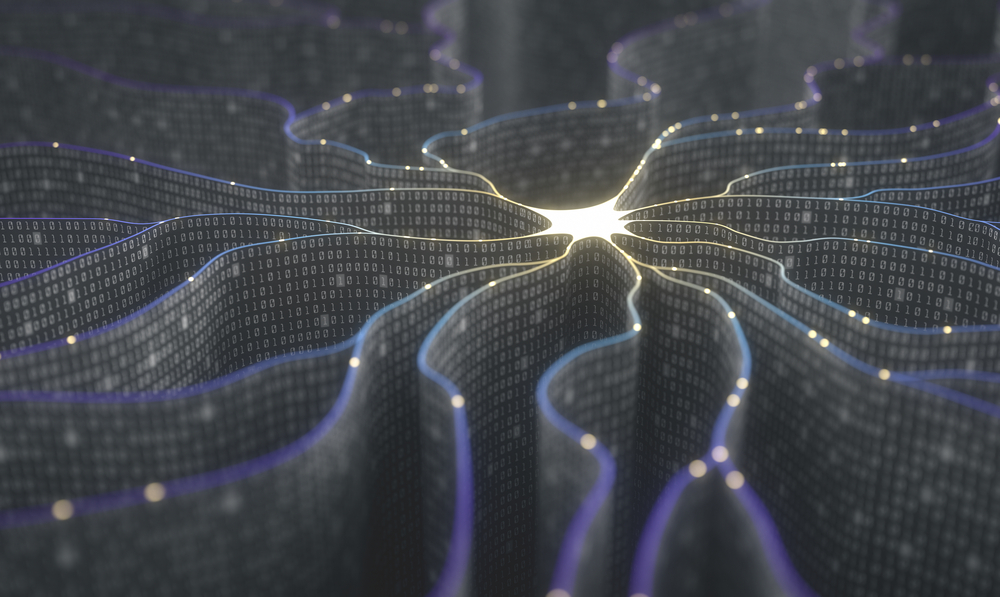Largest Genetic Database on Alzheimer’s Disease Will Soon Be Available to Researchers

The National Institute on Aging Genetics of Alzheimer’s Disease Data Storage Site (NIAGADS), the largest genetic database on Alzheimer’s disease, will soon begin to make large sets of DNA sequences available to researchers.
Analysis of these large sets of genomic data may help identify genetic risks and protective factors for Alzheimer’s disease.
The announcement was made during the July 2018 Alzheimer’s Association International Conference in Chicago.
The first release of the database will contain the entire DNA sequence (whole genome sequence) of up to 5,000 people, including Alzheimer’s patients and healthy control subjects of European, Caribbean Hispanic and African-American descent. Within a year, information from 20,000 more people will be added.
The data will be managed by the Genomic Center for Alzheimer’s Disease (GCAD) at the Perelman School of Medicine (Penn Med) at the University of Pennsylvania, Philadelphia.
This institution will be responsible for processing all DNA sequences and patient characteristics from all the sources of information, in a process called harmonization, to help researchers analyze big sets of data stored.
NIAGADS and GCAD are directed by Gerard Schellenberg and Li-San Wang, PhDs and professors of pathology and laboratory medicine at Penn Med.
“Genetic findings for Alzheimer’s disease are critical for identifying targets for therapeutic development,” Wang said in a press release. “Making these data available is particularly important since there is currently no treatment available that prevents or alters the course of this common and devastating disease.”
This effort is part of the Alzheimer’s Disease Sequencing Project (ADSP), a National Institute on Aging (NIA) initiative to fully sequence the DNA of as many as 25,000 individuals, including those with Alzheimer’s and healthy controls.
NIAGADS will distribute large data files to qualified investigators for analysis. Currently, there is no other website where researchers can find large datasets of Alzheimer’s, including the previously used repository, the database of Genotypes and Phenotypes (dbGaP), which is no longer accepting certain large sequence files.
“The release of this data is a critical step in the treatment and prevention of this devastating disease. We feel this is a major advance in making genetic data available to the research community to maximize sharing for gene and drug discovery,” Wang said.
NIAGADS is properly secure to protect confidential data. “This large-scale sequencing project has stepped up to provide a cloud-based alternative to depositing data in dbGaP for sharing large DNA sequence files,” Schellenberg said.
The database portal is undergoing beta testing, with a limited number of researchers currently having access. General access is expected to begin soon.
“The genetic data from this immense ethnically diverse population will help identify genetic risk and protective factors for Alzheimer’s disease,” said Eliezer Masliah, MD, director of the division of neuroscience at the NIA.






